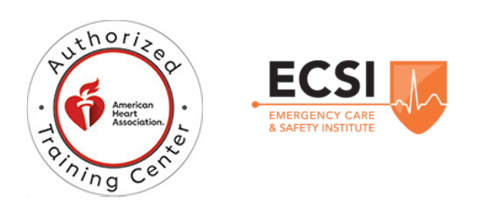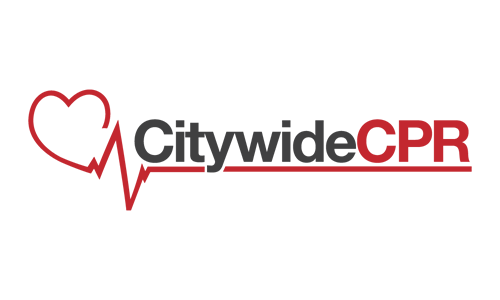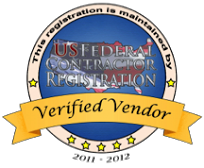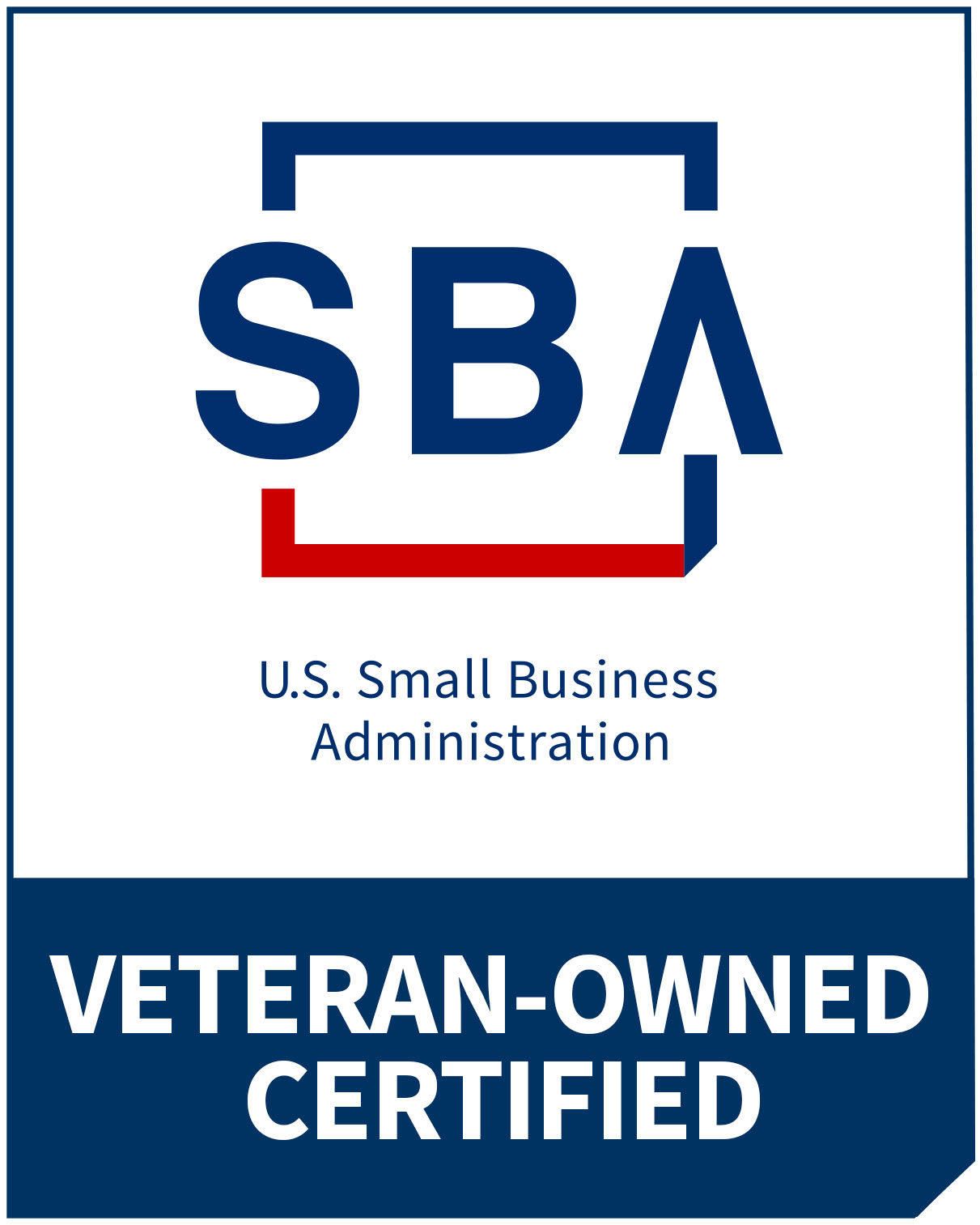Companies, institutions, and organizations are advised to design and implement a corresponding AED program for the nature of their activities and environment. However, this could either require a huge cost or may not be good enough when it did not go through extensive study and planning before its implementation. If you are one of the key promoters in your community for an AED program, here are three of the essential steps that you should never skipped from.
Determine and Prove the Specific Needs
To start with, it would be best to be familiar first with the statistics on cases of heart diseases and how CPR is related to it. What are the chances that one or some of you in your group would undergo a between-life-and-death scenario due to a heart attack? How possible it is that a visitor would experience any severe inconvenience in your premises that would result to his or her unconsciousness? What could be done about it? In what way a certain type of automated external defibrillator or AED could help minimize such risks?
There are so many facts and figures you have to deal with in order to find out the most appropriate AED program for your company or organization. This would require extensive research and careful analysis on the given data and parameters. You also need to be familiar and have enough understanding with the technical specifications of the AED brands and models you consider, before finally purchasing them for the implementation of the program. Once you are done with all of these, make a summarized presentation that would suggest a certain AED type and other specific details the best for the group.
Identify the Prospective Program Leaders and Participants
Of course, you can’t do all these things by yourself only. You need to identify who among your colleagues, subordinates, or even superiors are knowledgeable or at least familiar with the use of AED. Explain to them the possible responsibilities to be delegated to them. Make your presentation as pleasing as possible in order to convince them on your proposed assignment of duties and responsibilities for the planning and implementation of your AED program. Lastly, don’t get discouraged with rejections; those with strong interest and will to participate in the program are the ones you need anyway.
Get Educated with the State and Jurisdictional Requirements on AED
Once you have delegated some of the tasks for the pre-implementation of your AED program, it would be time for you to study and understand the AED program requirements and standards imposed by the state. This is also an important step because misuse of AED or any violation regarding it could make your program useless or ineffective, not to mention that you might be penalized in case of serious incidents.
Good thing that you have the option to take an AED Program Management and AED Medical Oversight course to obtain all the knowledge and skills you need prior to a successful AED program. Check out Citywide CPR’s AED Program Management and AED Medical Oversight at their official website.





